Increasing use of Aluminium in High-speed trains
Mr. Deepak Mathur,
Sr. Vice President ( Global Marketing and Sales at Jindal Aluminium)
Aluminium has let people move at breakneck speed, across the ocean, fly in the sky, and even explore space. From bikes and cars to spaceships, we see an increased use of Aluminium in various modes of travel. As transportation accounts for one of the largest pie of Aluminium consumption, rail-based transport systems are not far behind. The use of Aluminium in rail transport began almost immediately after the emergence of the mass production of Aluminium. Since its origins during the Industrial Revolution at the beginning of the 19th century, the evolution of trains as a mode of transport has been making steady progress, adding speed and incorporating technology.
The push towards lighter and more efficient rail coaches has led to a significant change where steel has been replaced by Aluminium over time. Since first discovering that it could be used for rail-based transportation in the 1930s and its subsequent incorporation following field tests in a single specimen train and later many light metal trains, Aluminium has made its presence felt. However, the development of entire car shells has been recent and is increasing fast. Its lightweight properties, high strength, and durability put Aluminium ahead of other metals in rail-based transport, especially high-speed trains. The availability of aluminium alloys has given the manufacturing of low-weight transportation systems using trains a boost, reducing environmental impact and offering a high-quality exterior finish.
Less weight, more speed
Among materials used in high-speed trains, Aluminium offers a balanced performance, with its characteristics of being lightweight, good corrosion resistance, good formability, high specific strength and relatively low cost. The density of aluminium alloy is only one-third of steel, and when structural optimisation due to material replacement is considered, the overall weight of rail car-body reduces significantly using Aluminium. This study on Aluminium and putting it to use in the manufacturing of trains began in the 1980s, leading to an increase in train speeds. Its use can be widely seen in train cars that operate above 200km/h. Railways in Germany, France, Italy, Japan and China have invested in using Aluminium in their respective versions of a high-speed car-body for their trains.
For instance, the vast expansion of high-speed rail lines across the world has also given birth to a host of new processes in manufacturing. Be it friction stir welding or laser welding coming to the development and application of aluminium alloys; they have both changed the workings of high-speed train systems over the last 25 years. Recognised as a continuous contributor to energy conservation and climate change, the aluminium alloys can also be increasingly seen across the entire rail transportation sector, including rail-based urban mass transit systems like metros. Since its success in high-speed trains, the industry has realised that lightweight materials mean faster acceleration and a lower running cost for rail operators. Combined with reduced wear and tear on cars and rails, lower maintenance costs in the long-term have led to the adoption of Aluminium witnessing a rise.
After being extensively used in freight and goods trains, the use of Aluminium in passenger cars has opened the doors for manufacturers to reduce a third of the weight compared to steel cars. In suburban transit rail systems with many halt stations, significant savings can be achieved as less energy is needed for acceleration and braking with aluminium cars, which are also easier to manufacture and are made up of fewer parts. In the area of high-speed rail systems, the use of Aluminium has led to travel at speeds of 360 km/h and more, while the new technology being developed promises speeds exceeding 600 km/h. Designers of high-speed trains prefer Aluminium also because it offers an aerodynamic shape with a minimal number of protruding parts, which is hugely beneficial in the train moving faster.
Offering Longevity
Over time the use of Aluminium has increased the efficiency of the railways significantly. World over, railway companies have tried various means of lowering the amount of friction by reducing the weight of the rail cars using materials that also add longevity to their life. Today, Aluminium is found in constructing sideboards, roofing, floor panels, and connecting the sidewalls to the flooring. Since the early 1980's when the use of Aluminium began to be seen, a better understanding of extrusion cross-sections based on their physical properties has led to the creation of superior car shell designs using different shapes, dimensions and lengths.
Using aluminium extrusions, the high-speed trains that operate today do not require any complex structuring but just a simple single-block side. The advantage of using fast-paced advancements in technology has helped cut down costs of subsequent machining and production of elements that are lighter than steel and far more environmentally friendly. Besides, when a railway carriage reaches the end of its serviceability, Aluminium offers recyclability and waste reduction measures, both of which contribute to a high-speed train's exceptionally long working life. Given its above listed advantageous properties combined with technological improvements in the area of design and development in high-speed trains, the use of Aluminium is set to continue as a metal of choice for a long time to come.






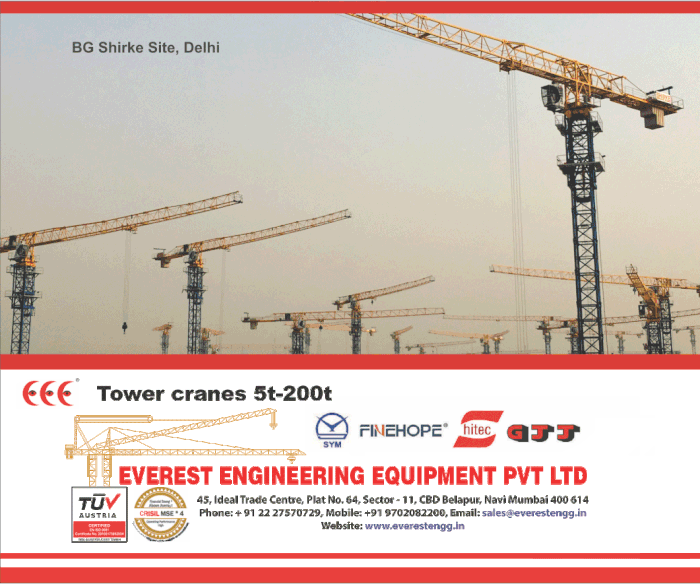

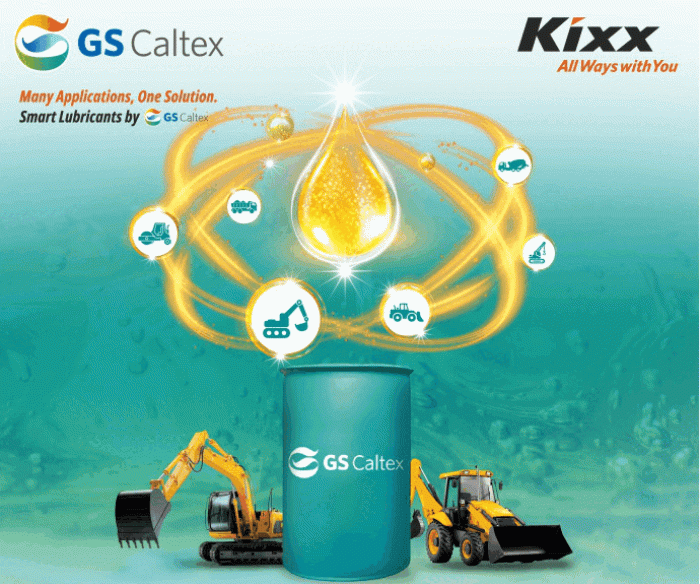
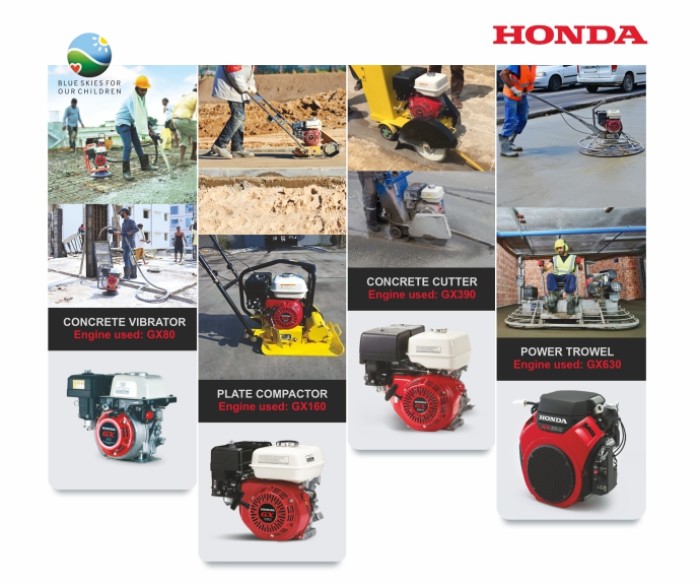
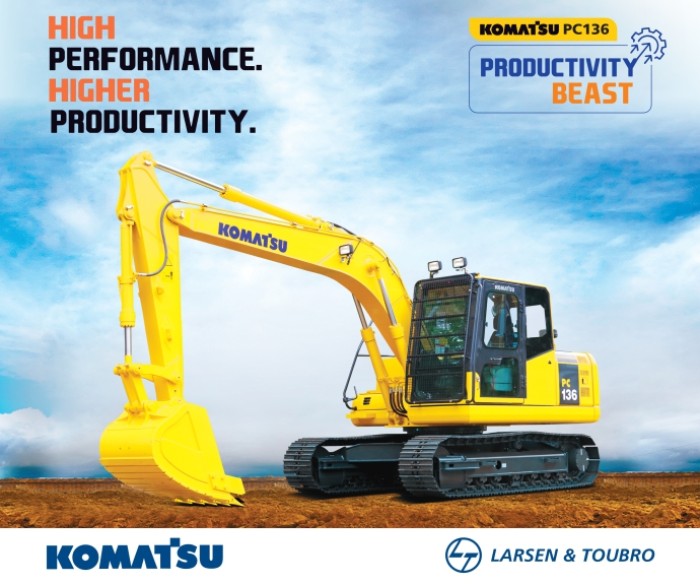

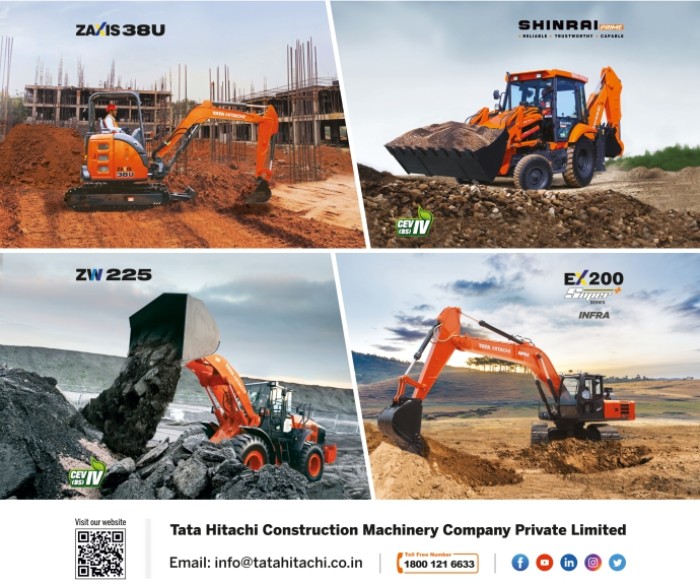



Leave a comment